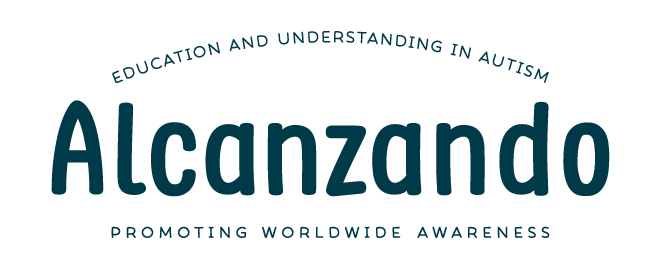
02 Dic From Barriers to Bridges: Understanding Ableism and Neurodiversity in Service Practices
Imagine if our everyday environments constantly overlooked our needs—sounds too loud, spaces too tight, activities that assume we all respond the same way. This is often the world individuals with disabilities experience, not because of their abilities but because of society’s design. The recent study on neurodiversity-affirming practices dives deep into reshaping this landscape, urging us to see disability not as something in the individual but as a response to a world that doesn’t yet fit them.
Understanding Ableism in Daily Interactions
Ableism refers to how society favors certain abilities over others, often leading to the exclusion of individuals with disabilities. It’s often invisible—not always in big actions, but in small, routine ways we overlook specific needs. For example, a student who needs movement to stay focused might find environments set up against their needs. We’ve learned to provide access through physical structures on the street—like ramps for wheelchairs—but we still struggle to create similar access in various service contexts for individuals with disabilities. Recognizing this helps us shift from merely fixing the environment to actively responding to individuals’ needs, creating spaces and attitudes where they feel truly included and valued
What is Social Validity, and Why Does it Matter?
Social validity means centering our goals around what truly matters to individuals and their families, not just what’s convenient or typical. It’s about asking, “What does this individual need and value?” When we take time to ask these questions, we create space for real, meaningful growth.
Embracing Neurodiversity
Neurodiversity sees every brain as different, with its unique strengths. Practices that affirm neurodiversity aim to build on each person’s natural abilities rather than “correct” behaviors. This approach challenges us to ask, “How does this individual experience the world, and how can we support them in it?” Embracing neurodiversity doesn’t imply removing structure from practices but rather adjusting that structure to support diverse ways of thinking, processing, and learning. It involves creating adaptable environments and methods that accommodate a range of abilities and strengths. This approach aims to recognize and respect individual needs, ensuring each person feels understood and valued within a supportive framework.
Takeaways from the Study
The study highlights a need to listen to individuals’ voices, even indirectly, by observing what makes them comfortable, happy, and engaged. Goals should foster self-expression and autonomy, not conformity. By aligning practices with these values, we can transform interventions into something that empowers rather than molds.
Your Role in This Shift
As a parent, teacher, or therapist, you have the power to foster an environment that respects and nurtures each individual’s uniqueness. Engage in conversations about their experiences, preferences, and needs. Advocate for practices that embrace neurodiversity, ensuring that interventions are relevant and meaningful to their lives. Together, let’s commit to creating inclusive spaces that celebrate differences and empower individuals with disabilities to thrive.
Let’s start today by reflecting on small, everyday changes that make a big difference in how individuals experience the world.
For more insight, see the full study in the source section.
Source
Allen, L.L., Mellon, L.S., Syed, N. et al. Neurodiversity-Affirming Applied Behavior Analysis. Behav Analysis Practice (2024). https://doi.org/10.1007/s40617-024-00918-0

Sorry, the comment form is closed at this time.